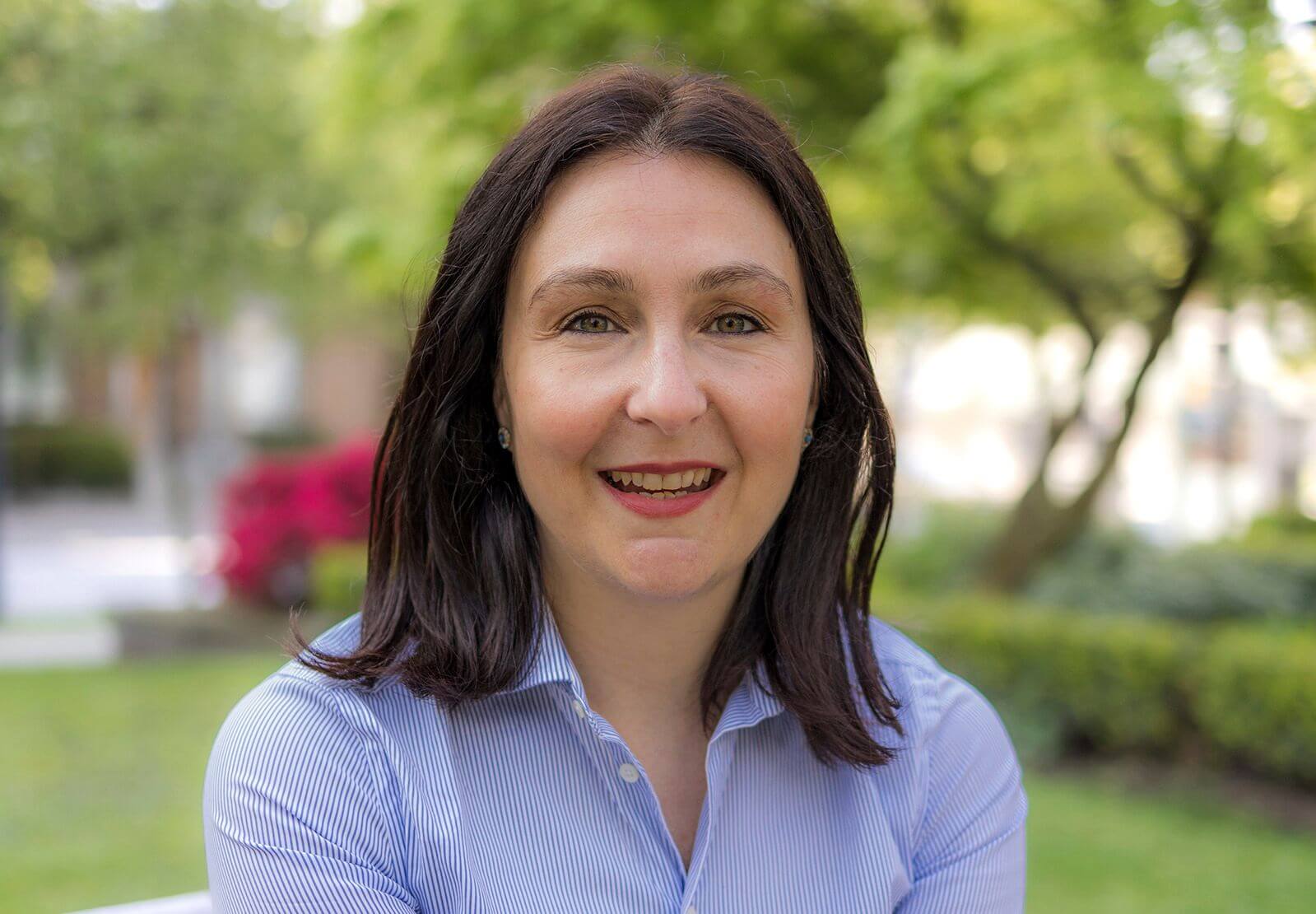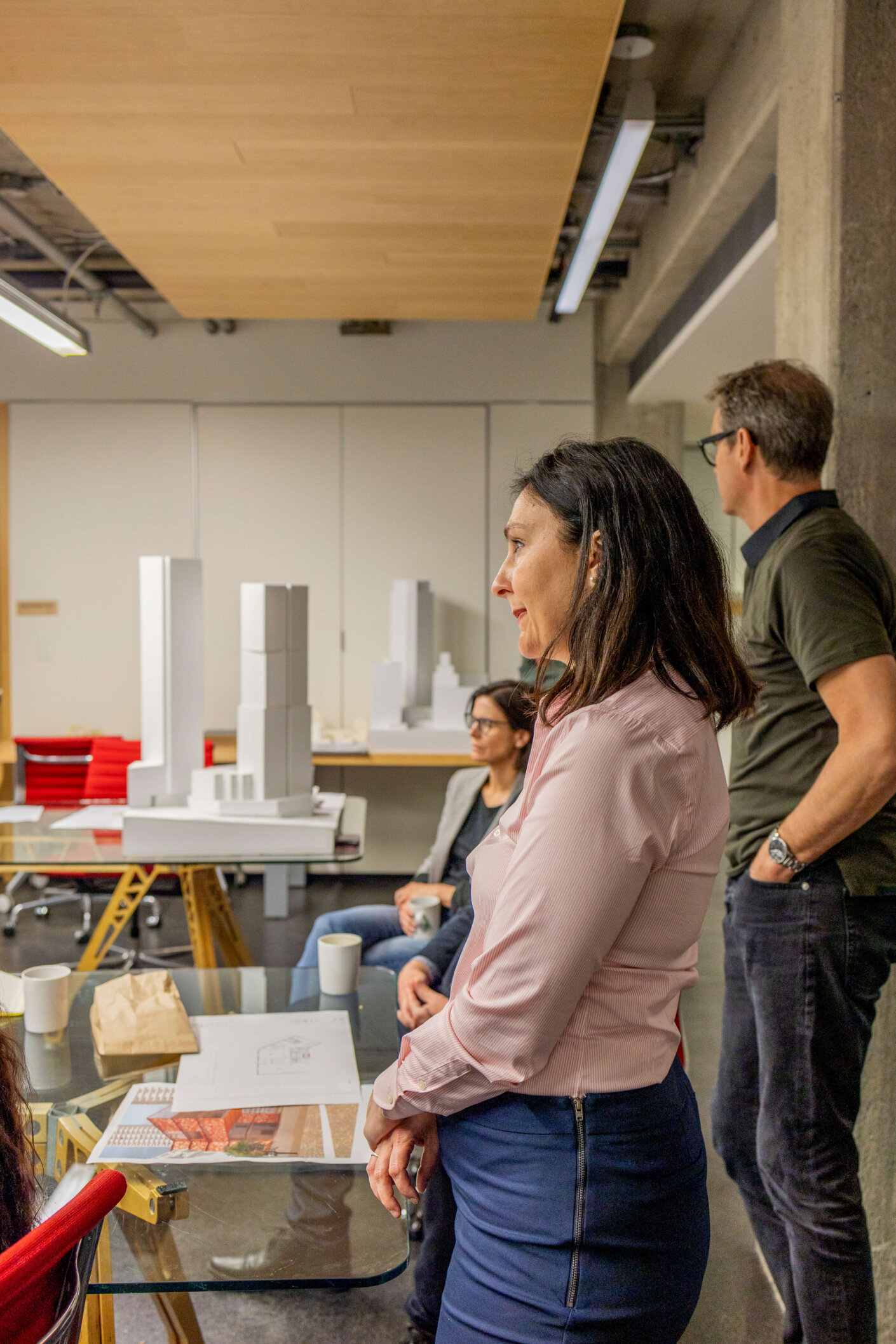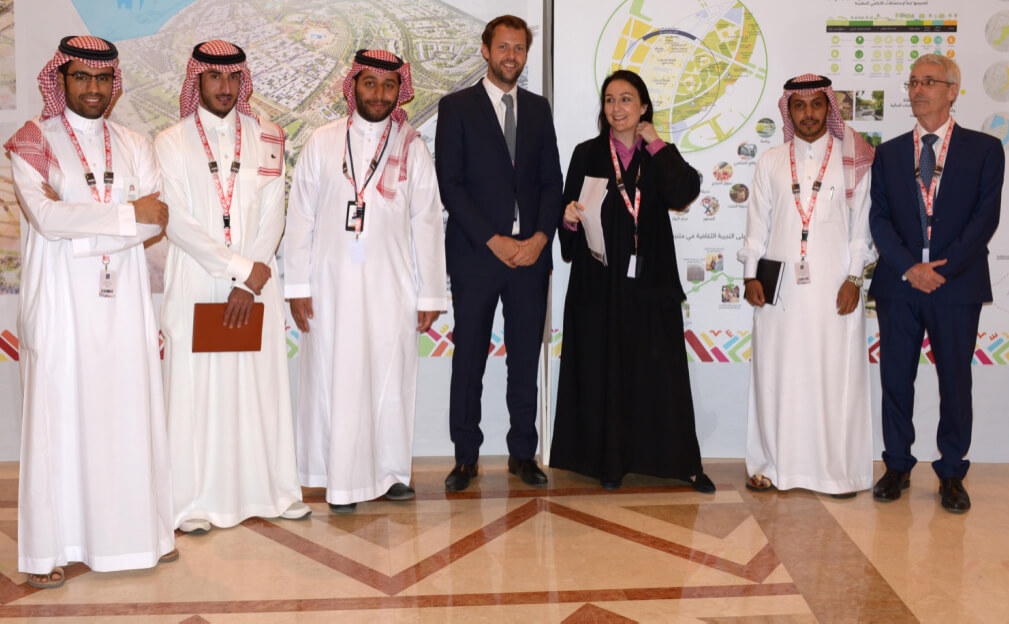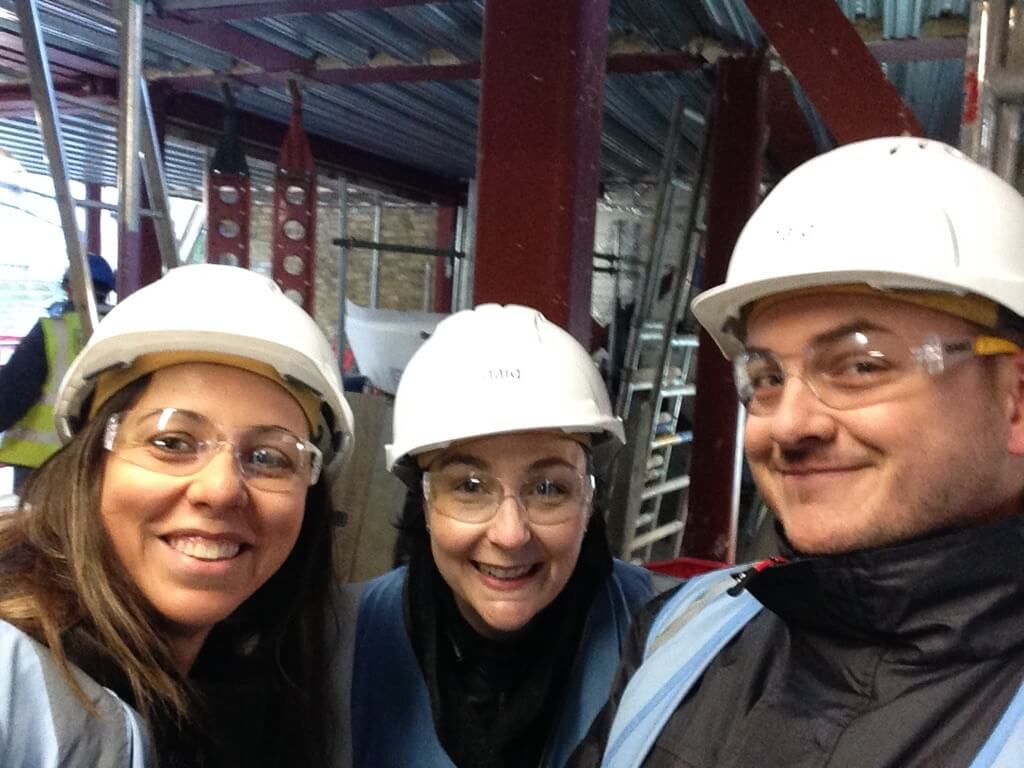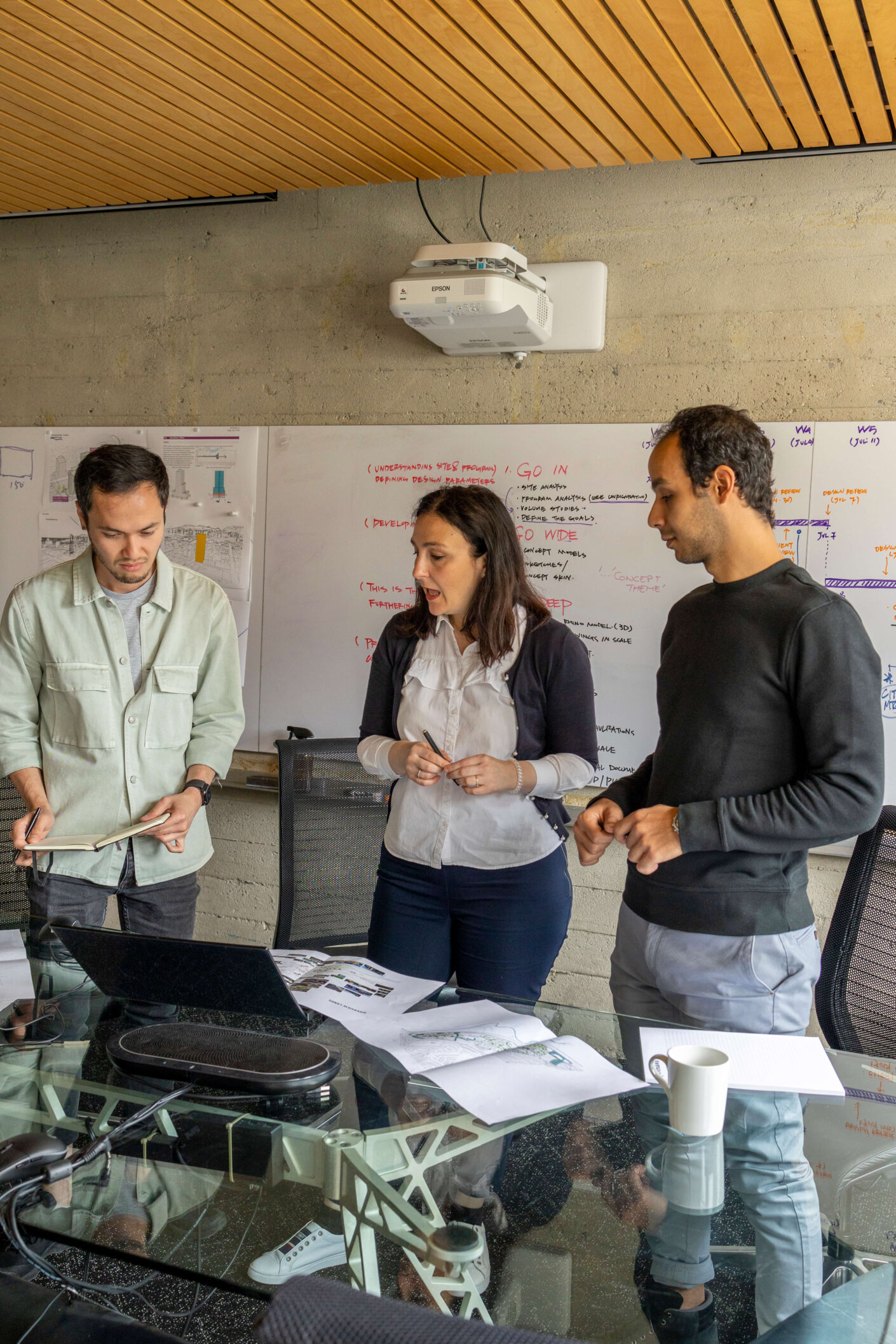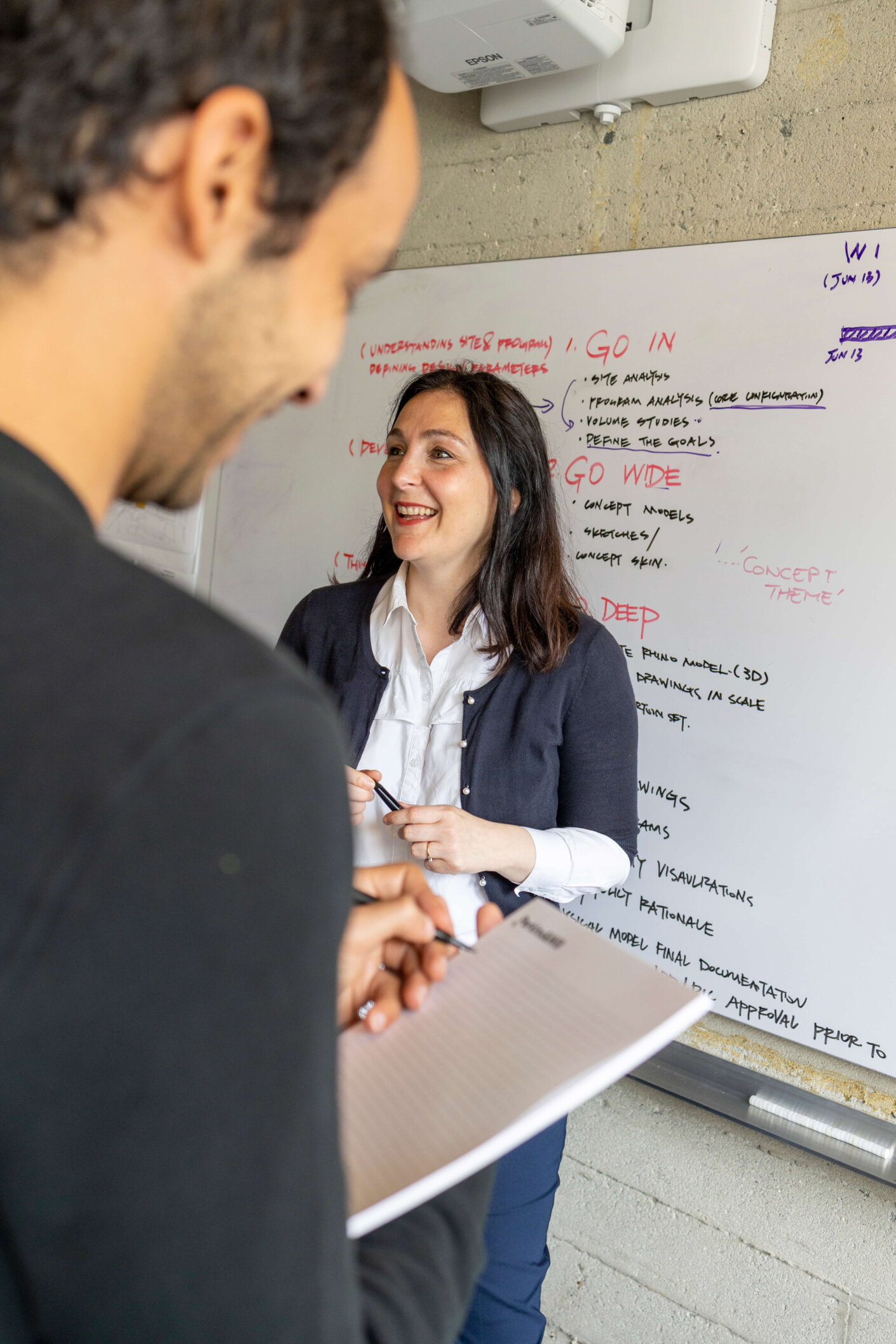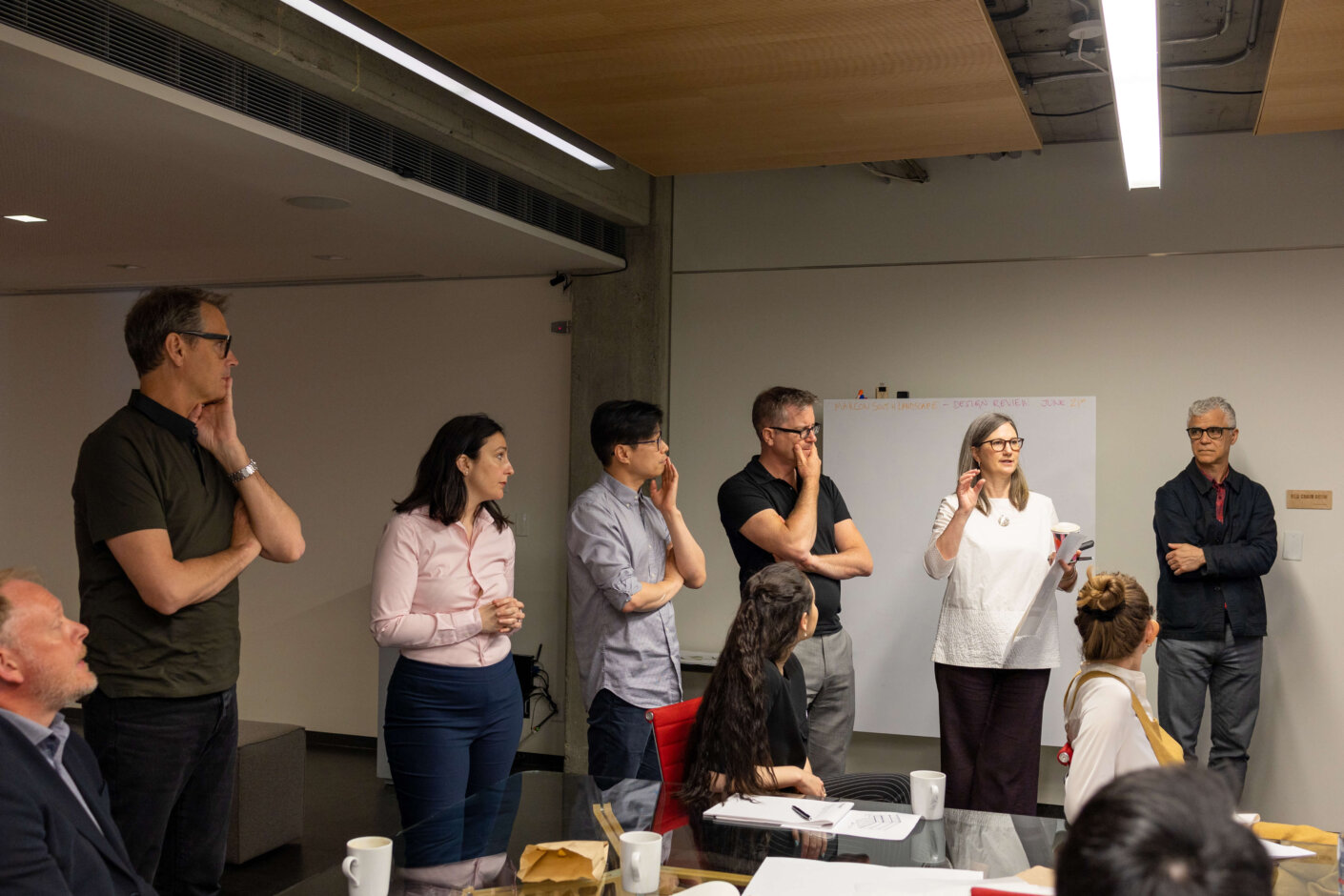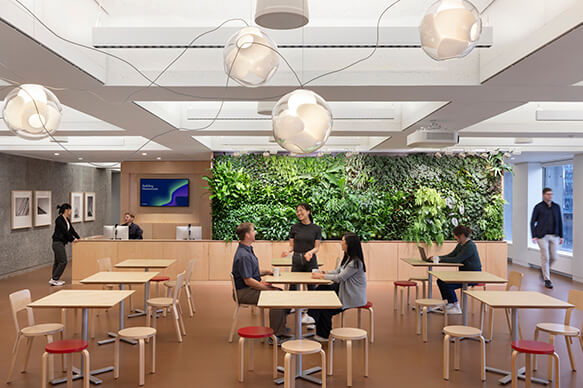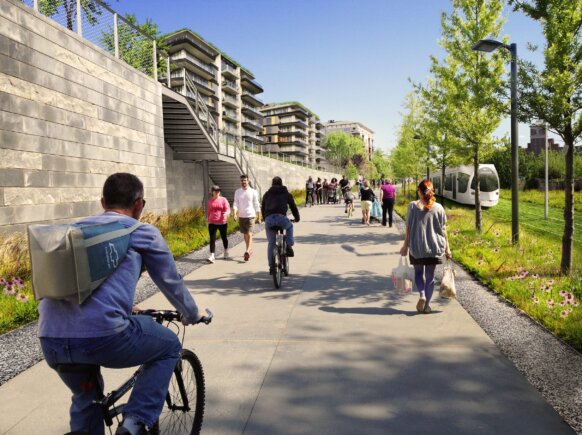Tell us about yourself—as an architect, but also as a human.
I’m a project management professional, licensed architect, chartered planner, and urban designer with over 17 years of management and design leadership experience overseeing multidisciplinary teams in the U.K., Greece, the Middle East, Africa, and Canada.
I’ve been an active mentor in the University of Westminster’s development mentoring scheme in the U.K., as well as a member of the School of Architecture and Cities’ Employability Advisory Board. My work as a mentor is focused on helping young students and encouraging them to pursue careers in the industry.
I was born and raised in Thessaloniki, Greece, and left at the age of 17 to study, explore, and travel the world. I studied architecture in the U.K. and received two master’s degrees in architecture and sustainability. During my working career, I also earned a master’s degree in urban design and became a certified urban planner. I’ve lived and worked in Saudi Arabia, the UAE, Lebanon, Greece, the U.K., and, most recently, British Columbia, Canada.
